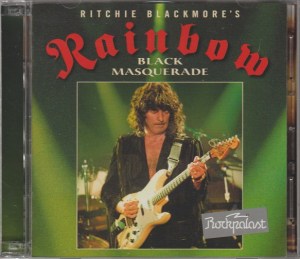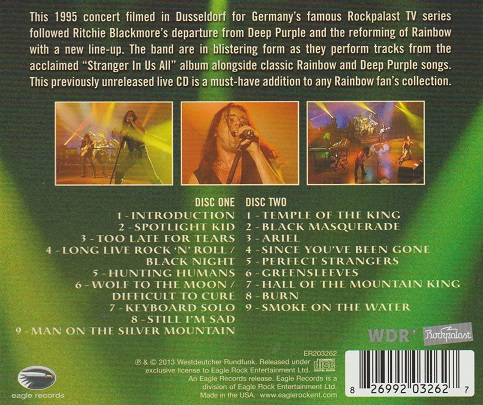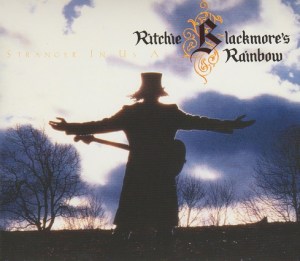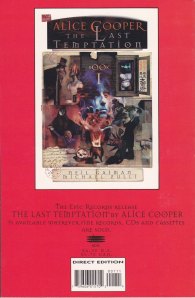 TONY MARTIN – Thorns (2022 Dark Star Records)
TONY MARTIN – Thorns (2022 Dark Star Records)
Anticipation has been high for Tony Martin’s new album Thorns. His last solo record was the excellent Scream from 2005, but it feels like it was back in the 2nd age of Middle Earth! Fandom seems to have warmed up to Martin in recent years. His Sabbath albums, once derided as lesser Dio clones, are looked back upon warmly by more and more people, which could be good for Martin. And with some of those albums getting the reissue treatment in the future, the time is right for Tony’s re-emergence.
Thorns is heavy. Heavier than expected. “As the World Burns” is out of the gates with salvos of double bass and a gut-punching downtuned riff. This is essentially thrash metal – fast, aggressive, varied and complex. It’s certainly beyond Sabbath. Martin’s range is fully intact, though it sounds like he’s pushing his voice a bit too much and maybe should have laid back a bit in a couple spots. Even so, there is no doubting the man’s enduring power.
“Black Widow Angel” is hellbent for heavy. Then there’s this crazy funk metal breakdown in the middle with some wicked bass stuff, right out of the blue. Many of Martin’s songs demonstrate surprising diversity within the walls of heavy metal. Choirs appear on “Book of Shadows”, a modern Maiden-esque track with a pretty incredible lead vocal. There’s also a solidly Sabbath gothic streak.
One of the most interesting tracks is “Cry Wolf”. An acoustic metal song is often intriguing (ask Wino) and this is a fine tune with a guitar solo to match. Cool instrumentation abounds, and Martin fans know that they can expect some wicked violin within a metal song. The violin emerges on “Damned By You”, slow melodic and heavy. Moving on to “No Shame At All”, the groove takes the spotlight. The chorus is pure vintage Tony, but the groove is new.
Metal ballads rule, and “Nowhere to Fly” is a black rose of a ballad. The music is understated so it’s all about Tony’s singing. (Nothing like Dio’s, incidentally.) “Passion Killer” on the other hand rocks, but is also all about the vocals. Those “woah-oh-woah-ohs!” kick ass. There isn’t much of a chorus to speak of, but the verses slay. Tony then goes for speed on “Run Like the Devil”, hook laden and wicked! But then we get swampy on the surprising “This Is My Damnation”. It’s the second acoustic song, but completely different from the first. “Why terrorism? Why Covid? Why cancer? Why AIDS?” asks Tony in the words, speak-singing like in a Robbie Robertson song.
The closing title track is the most epic, featuring an instantly recognizable Pamela Moore (Operation: Mindcrime). Moore has lost nothing and raises the game by several levels. At first, I wasn’t sure I liked that “ooh-ah-ah” bit that sounds like David Draiman. It grows on you. At least it’s not the main hook of the song like it is with Disturbed.
Acoustic interludes, spoken word, subhuman bass, snakey synth solos, Pamela Moore…Thorns has plenty of delectables on offer. Get yours.
4.5/5 stars































